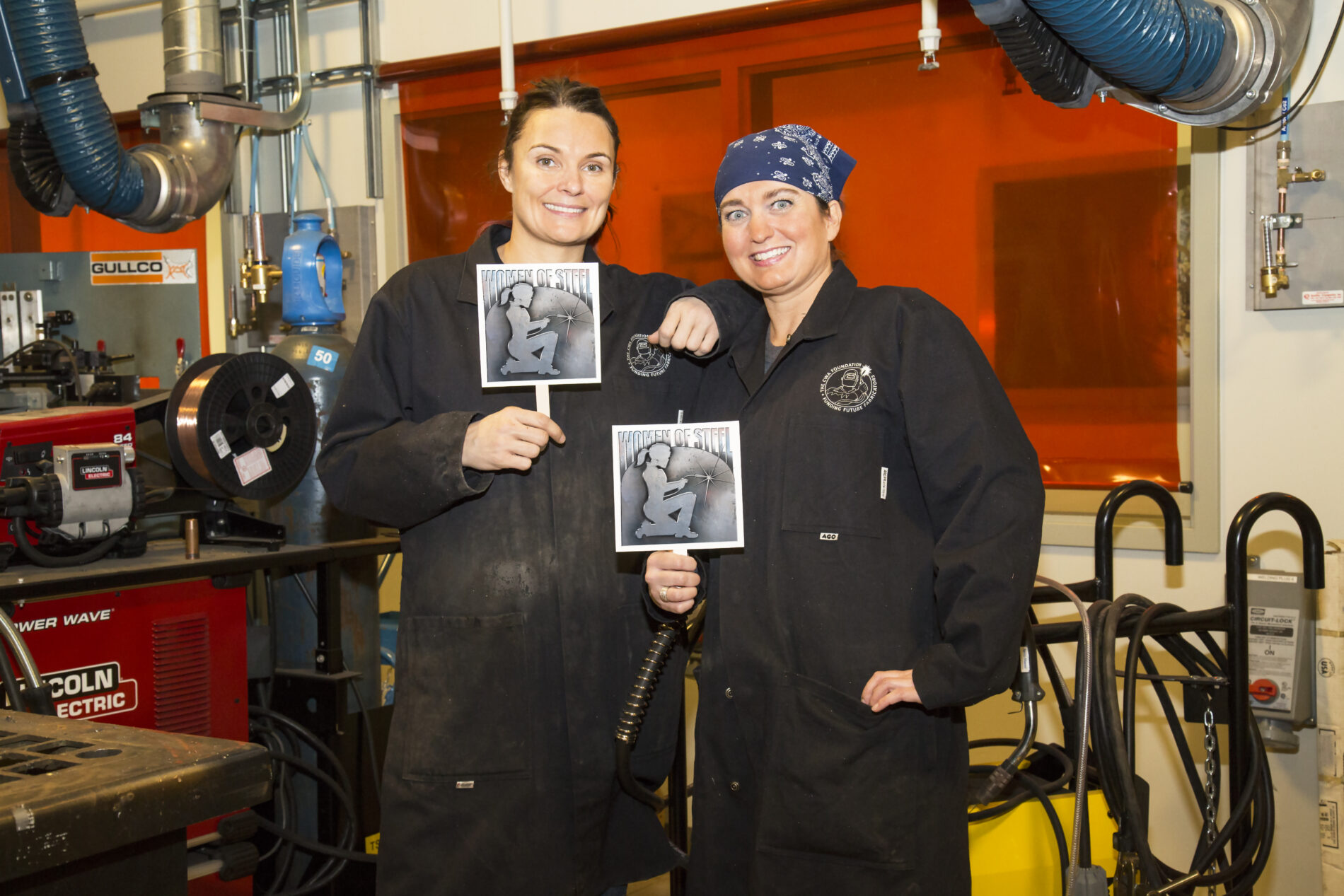
April 11, 2022
This summer, those contemplating a job change or learning new skills to boost their career can try their hand at welding for free.
A new program funded by the Ontario Ministry of Labour Training and Skill Development will offer numerous two-week training sessions in welding at four institutions — Mohawk College, Six Nations Polytechnic’s Brantford campus, Fanshawe College’s Simcoe campus and Conestoga College.
The program starts in June and has spots for a total of 150 participants — two-thirds of which will be reserved for women and other underrepresented groups, including people with disabilities.
Danette Dalton, executive director of the Workplace Planning Board of Grand Erie, told The Spectator there is a “real focus” on getting females into the skilled trades industry “because there’s a (gender) gap.” According to a 2018 report, women in Canada account for roughly 4.5 per cent of those employed in skilled trades like construction, manufacturing or transportation.
“We need to encourage more females to get into the trades,” Dalton said, adding that welding can also be a stepping-stone for women to get into other trades.
The planning board, a not-for-profit organization working for labour force development in the province, is providing the program through its Skills2Advance training arm in collaboration with the CWB Welding Foundation.
Participants from Hamilton, Brantford, Six Nations and other nearby communities can apply for the training.
“Tackling the skilled labour shortage is a monumental task, but partnering with organizations like the Workforce Planning Board of Grand Erie goes a long way in closing the gap and demonstrating that welding can be for everyone,” said Susan Crowley, CWB Welding Foundation executive director, in a statement.
Dalton noted the two-week sessions — which run Monday to Friday and include 30 hours of hands-on welding training as well as 30 hours of training in first aid and other workplace skills — will give participants a sense of the job, including the work environment. Each session will be able to accommodate between 15 and 20 participants.
“Oftentimes, there’s a gap in understanding about the trades because they’re not heavily advertised,” Dalton said.
Participants will receive welding tool kits, including a helmet, and can qualify for additional support. Upon graduation, they will also get help securing on-the-job placements, which organizers say could lead to full-time jobs.
Visit http://www.skills2advance.com/welding for more information.
